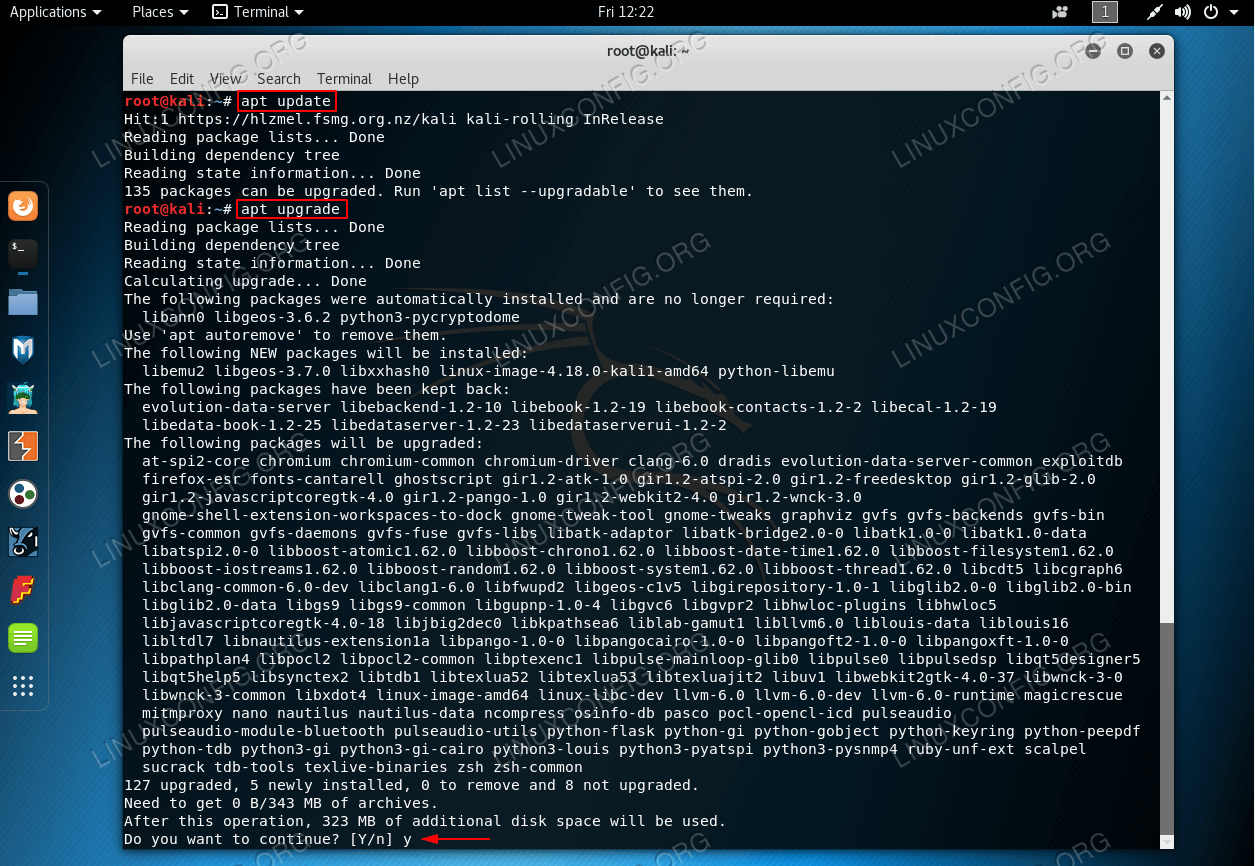

If you already loaded a metadata using apt update commands first clean it by removing all files from /var/lib/apt/lists/. It finds all packages that are currently stored in the repository manager, as described in Searching for Components. Searching for Apt packages can be performed in the user interface, too. You can browse Apt repositories in the user interface inspecting the components and assets and their details, as described in Browsing Repositories and Repository Groups. The following example uses the curl command and example credentials of admin for user and admin123 for password to upload a b file to a hosted Apt repository : curl -u "admin:admin123" -H "Content-Type: multipart/form-data" -data-binary " Browsing Apt Repositories and Searching Packages

You can use HTTP POST or use Upload in the UI, as documented here, to upload packages to Apt hosted repository. apt-get updateĪpt-key add / Deploying Packages to Apt Hosted Repositories Use the public key ( ) from the key pair generated above. To use an Apt hosted repository you need to export the gpg public key into your Linux system.

We do not create a default Apt proxy repository as there are many.


 0 kommentar(er)
0 kommentar(er)
